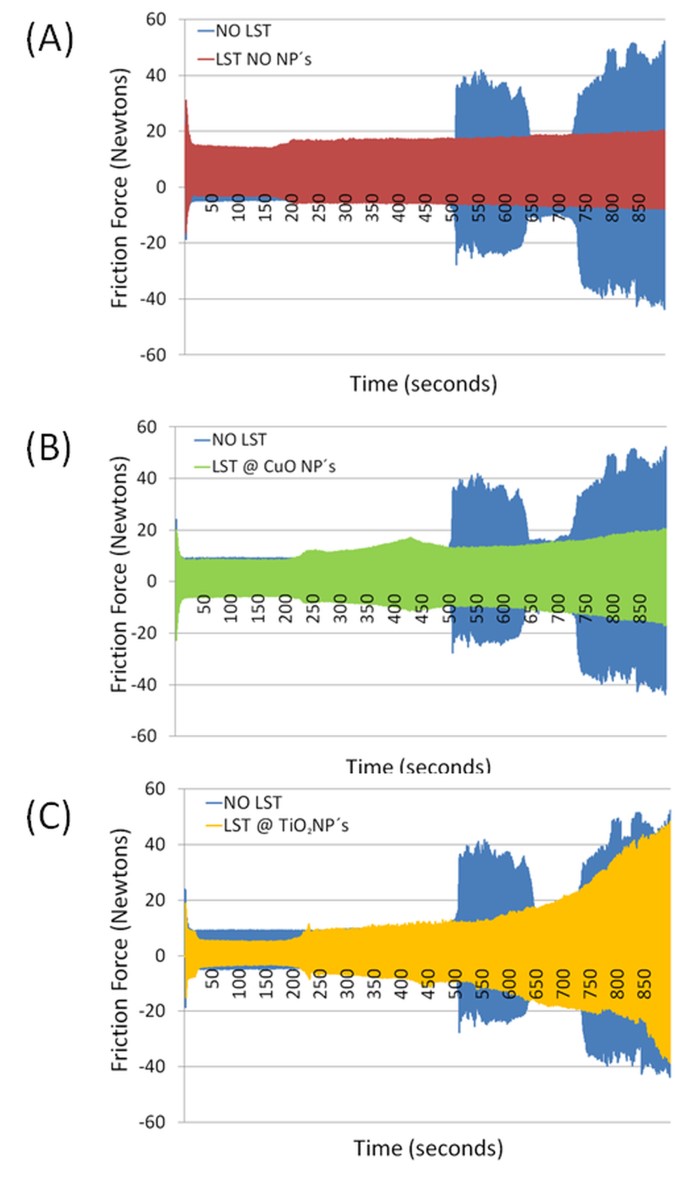
Figure 1 - Friction force of 3 different conditions vs NO LST application A) With LST, B) LST and CuO NP´s and C) LST and TiO NP´s
DISCUSSION: The benefit of the use of LST7,8,9 is evidenced by the reduction of the friction force up to 70%, in addition the use of nano particles slightly improves these values with additional consequences in the wear and surface finish. But the most important contribution in the case of CuO nanoparticles is the control of low amplitude of the friction force values during almost all the test. The analysis of 3D surface images and EDAX explain the tribological mechanism that this generates the benefits on friction force values as well roughness (Ra) and wear reductions.
REFERENCES: 1. Etsion, J. Tribol (2005), 2. Yu, H., Wang, X., & Zhou, F. Tribol Lett (2009), 3. Taha Maldonado, Garza, Ind. Lubr. Tribol. (2018), 4. Nakano, Tribol Lett,(2007),. 5. Haiwu, Tribology Letters (2010, 6.Vladescu Trib. International (2015), 7. Jones Procedia Manuf (2016), 8. Cobias, Journal of Eng. Tribology (2015), 9. Etsion Tribol International (2009).